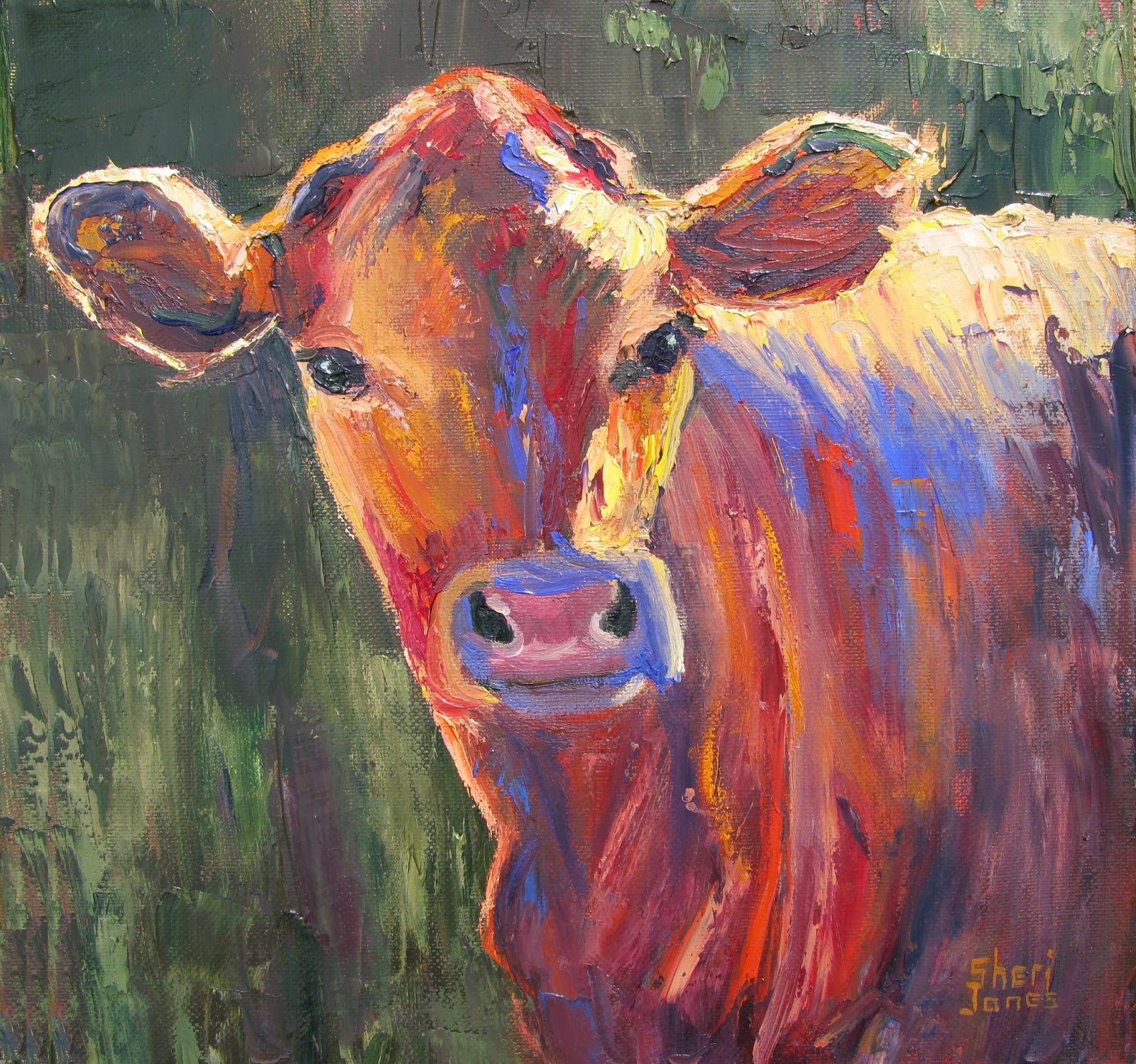
The Art of Cow Painting
Cow painting is a unique art form that has gained popularity in recent years. Artists around the world have been captivated by the beauty and charm of cows, and they have found creative ways to depict them on canvas. From realistic portraits to abstract interpretations, cow painting offers a wide range of styles and techniques for artists to explore.
The Beauty of Cows
Cows have long been associated with peacefulness and serenity. Their gentle nature and calm demeanor make them an ideal subject for artistic expression. Their large, expressive eyes and unique patterns on their coats make them visually appealing and captivating. Artists are drawn to the challenge of capturing the essence of these magnificent creatures in their paintings.
Realistic Cow Portraits
Some artists specialize in creating realistic cow portraits. They study the anatomy and features of cows meticulously to accurately portray their subjects. Through careful observation and attention to detail, these artists bring cows to life on canvas. Realistic cow paintings can be breathtakingly lifelike, allowing viewers to feel a deep connection with these animals.
Abstract Cow Paintings
On the other end of the spectrum, abstract cow paintings offer a more interpretive and imaginative approach. Artists use bold colors, expressive brushstrokes, and unconventional compositions to convey the essence of cows in a non-representational manner. Abstract cow paintings evoke emotions and invite viewers to interpret the artwork in their own unique way.
Cow Painting Techniques
Artists employ various techniques to bring their cow paintings to life. Some prefer traditional mediums such as oil or acrylic paints, while others experiment with mixed media or digital art. Each technique offers its own set of challenges and possibilities, allowing artists to explore different textures, colors, and effects. The choice of technique depends on the artist's preferred style and desired outcome.
The Symbolism of Cows
Cows hold symbolic meanings in different cultures and societies. In some traditions, cows represent fertility, abundance, and prosperity. In others, they symbolize gentleness, patience, and contentment. Artists often incorporate these symbolic elements into their cow paintings, adding deeper layers of meaning to their artwork.
Famous Cow Paintings
Over the years, several famous cow paintings have captured the imagination of art enthusiasts worldwide. One notable example is "The Cow" by Franz Marc, a German expressionist painter. This vibrant and emotive painting showcases Marc's unique style and his fascination with animals. Another famous cow painting is "Cow's Skull: Red, White, and Blue" by Georgia O'Keeffe, an American modernist artist. This iconic artwork explores the beauty and symbolism of a cow's skull.
The Popularity of Cow Paintings
Cow paintings have gained popularity not only among art collectors but also as decorative pieces for homes and businesses. The charm and tranquility associated with cows make them a perfect addition to any interior space. Cow paintings can add a touch of nature, warmth, and serenity to any environment, creating a soothing and inviting atmosphere.
Cow Painting Workshops and Classes
For those interested in learning the art of cow painting, there are various workshops and classes available. These provide aspiring artists with the opportunity to learn from experienced professionals and develop their skills. Cow painting workshops often cover topics such as composition, color theory, and techniques specific to capturing the essence of cows.
Appreciating Cow Paintings
Whether you are an art enthusiast, a cow lover, or simply appreciate the beauty of nature, cow paintings offer a unique and captivating form of artistic expression. The diversity of styles and techniques used by artists ensures that there is something for everyone's taste. Take a moment to immerse yourself in the world of cow paintings and discover the beauty and serenity they bring.